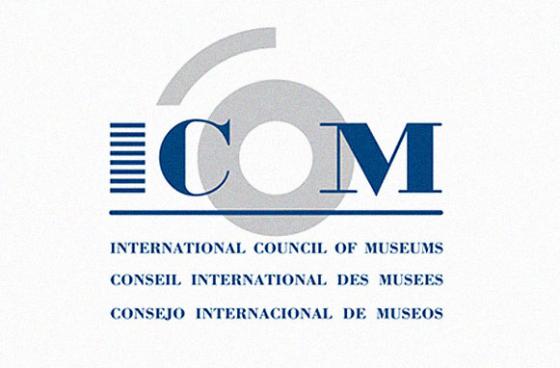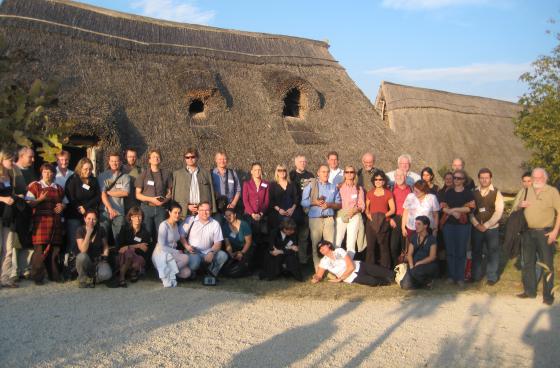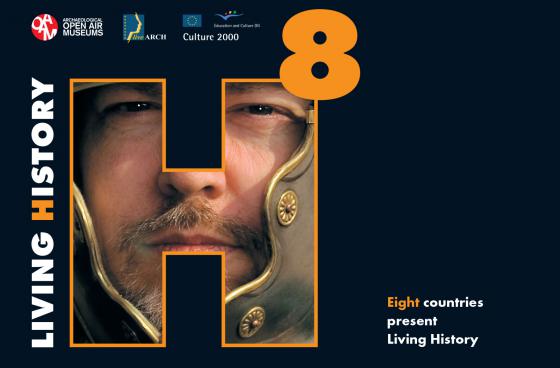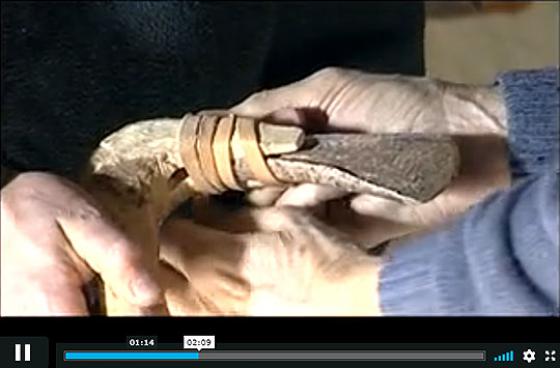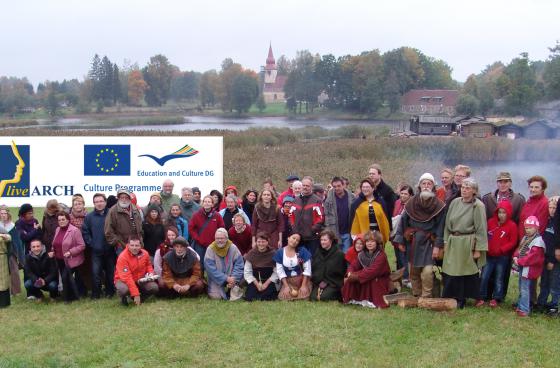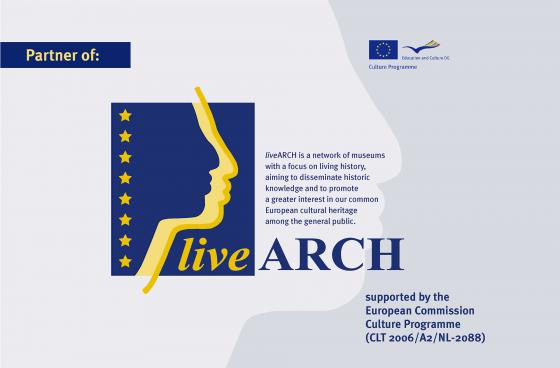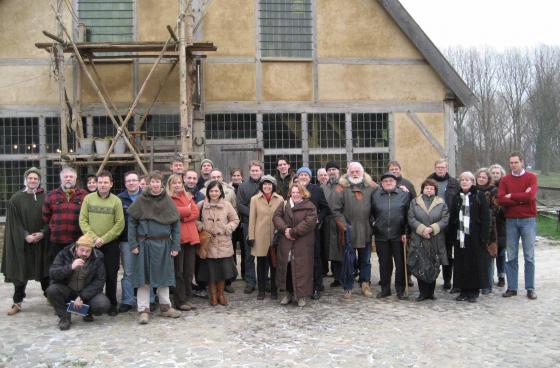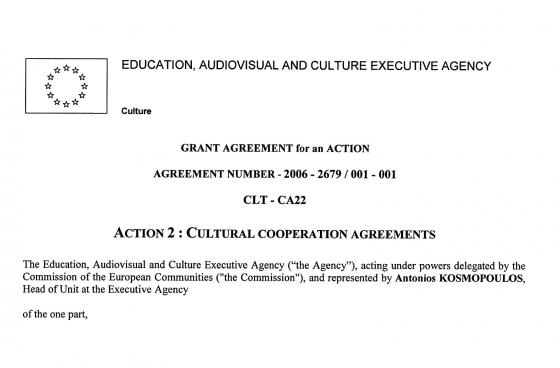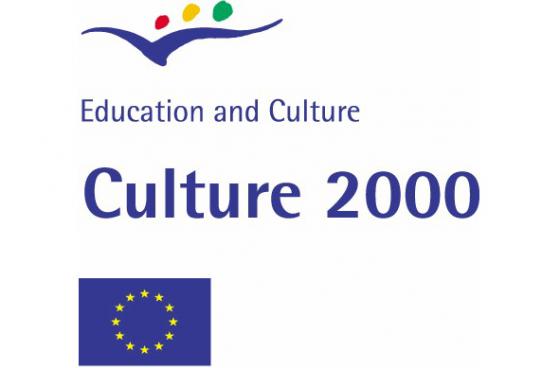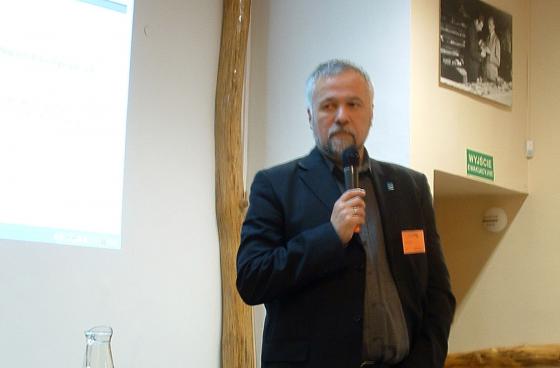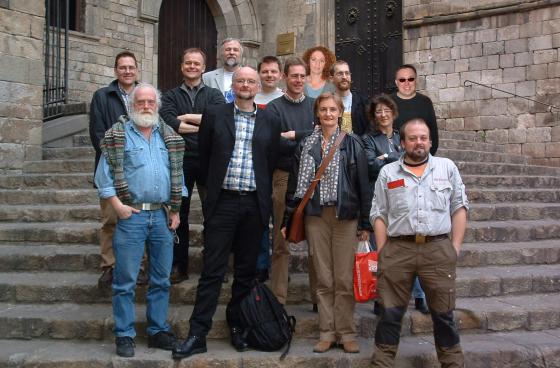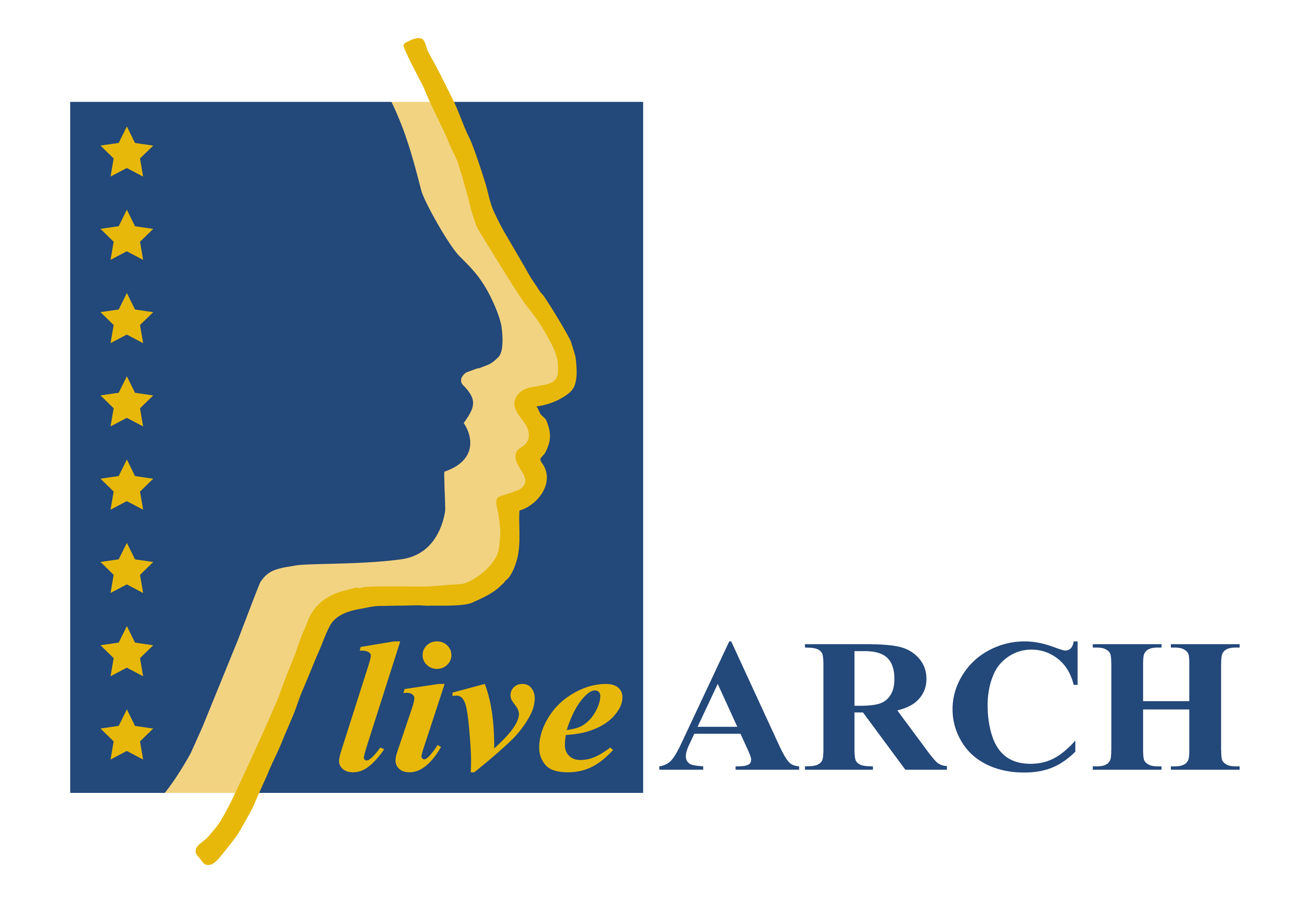
LiveARCH ran from November 2006 to October 2009.
The project website was taken offline in 2010, but EXARC decided to bring it back to life in 2016. Unfortunately all the dynamic info (like news, press releases, staff exchanges, resources collected during project) was lost. We tried to bring back as much information as possible and redesigned the website where needed.
What it is about
LiveARCH was a network of museums with a focus on living history, aiming to disseminate historic knowledge and to promote a greater interest in our common European cultural heritage among the general public. LiveARCH consisted of eight EXARC members: Prehistorisch Dorp (NL) (leader), Lofotr Viking Museum (NO), The Museum of Foteviken (SE), Pfahlbaumuseum Unteruhldingen (DE), Araisi Archaeological Museum Park at the Latvian National History Museum (LV), Matrica Múzeum és Régészeti Park (HU), Parco Archeologico e Museo all’aperto della Terramara di Montale (IT) and The Scottish Crannog Centre (UK).
LiveARCH had 5 components
- Four training workshops. 4 – 5 days each, spread over the three years and amongst the co-organisers. The workshops had the following themes: Marketing & Communication; Skills Training; The Dialogue of Knowledge; The Dialogue with the Visitor.
- Approximately 90 staff exchanges, taking between two and ten days each; approximately 10 exchanges per Partner.
- A joint exhibition on living history presentations including an exhibition catalogue. This was shown from the 3rd year of the project onwards.
- Existing workshops were coordinated between the partners. This was achieved through a web based application and through publishing flyers.
- The quality development was addressed continuously during the length of the project. The quality of the co-organisers was assessed on a self evaluation base.

Promoting archaeological open-air museums in just seven minutes - is that possible? LiveARCH thought it was and the Italian museum, Museo Civico Archeologico Etnologico (Modena) actually did it! From archaeological finds, which are our most important source about life of the past, through archaeological research, reconstruction and demonstration with attention for experimental archaeology and living history, liveARCH intends to show the importance of these museums and its critical success factors. Examples are taken from all 8 countries of liveARCH. See Film liveARCH about use of AOAMs

Results from this Project
| Title | What | Author / Responsible for | Project | Year |
| Promoting archaeological open-air museums in just seven minutes Read more | Direct Link to the Item |
Film | Alessia Pelillo (IT) / Museo Civico Archeologico Etnologico (Modena) | liveARCH | 2009 |
| Guide of European Archaeological Open-Air Museums (printed in three languages) Read more |
Book | Alessia Pelillo (IT) / Museo Civico Archeologico Etnologico (Modena) | liveARCH | 2009 |
| The Value of an Archaeological Open-Air Museum is in its Use, Understanding Archaeological Open-Air Museums and their Visitors Read more | Direct Link to the Item |
Book | Dr Roeland Paardekooper | liveARCH | 2013 |
Extra Impact
The eight partners in liveARCH were the case studies for a PhD research by Roeland Paardekooper, leading to the book: The Value of an Archaeological Open-Air Museum is in its Use
The case studies included museums in a very varied state with different balances between public versus private funding levels on the one hand, and on the other the proportion of private individuals to educational groups among their visitors. The studies conclude with recommendations, ideas and strategies which are applicable not just to the eight archaeological open-air museums under study, but to any such museum in general. The recommendations are divided into the six categories of management, staff, collections, marketing, interpretation and the visitors. They are designed to be informative statements of use to managers across the sector.

